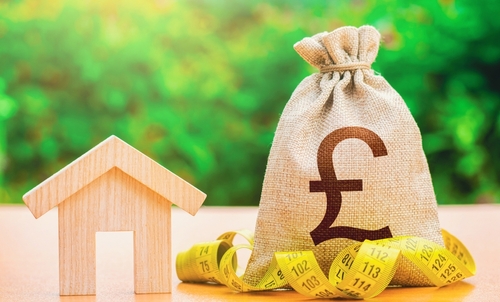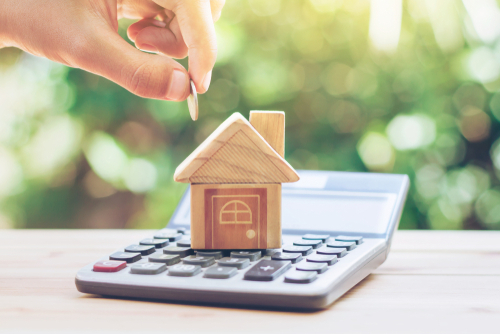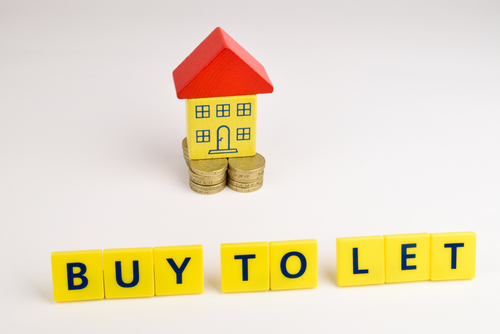
House in prime central London prices fell for the first time in more than five years in November as buyers become more cautious.
Demand has fallen away as buyers seek more value and many bet on a pause in growth.
The new research, from Knight Frank, follows reports that prices in the regions are set to outpace London.
Other figures suggest that booming London has hit a plateau.
The slowdown follows a 73% rise in prices in the five-and-they-half years since the last low point in March 2009, at the peak of financial crisis.
Prices fell -0.2% in November, reducing annual growth to 6.1%.
Notting Hill and South Kensington saw monthly declines of 2.3% and 1.2% respectively
Prices were flat in Belgravia, Knightsbridge and Mayfair, and declined by less than 1% in Kensington, Islington and Marylebone.
Political uncertainty was also to blame for the setback, with the outcome of next May's general election uncertain, and the prospect that the era of two-party politics is coming to an end.
Tom Bill, head of London residential research at Knight Frank, said: "Against this backdrop of heightened political uncertainty, with opinion polls indicating that a majority government is the least likely outcome after the election, demand in the prime central London residential market has become more restrained."
The proposals for a mansion tax and the impact of capital gains tax reform on non-residents may also have hit demand, he said.
"Discounting a minor dip in the second half of 2010 due to concerns over the eurozone, November marked the end of a run of growth that lasted five-and-a-half years."
Current uncertainty won't hit the long-term case for London, Bill said. "Whatever happens in 2015, for example, London will retain a competitive advantage versus New York, where residents are taxed on their global income."












Comments